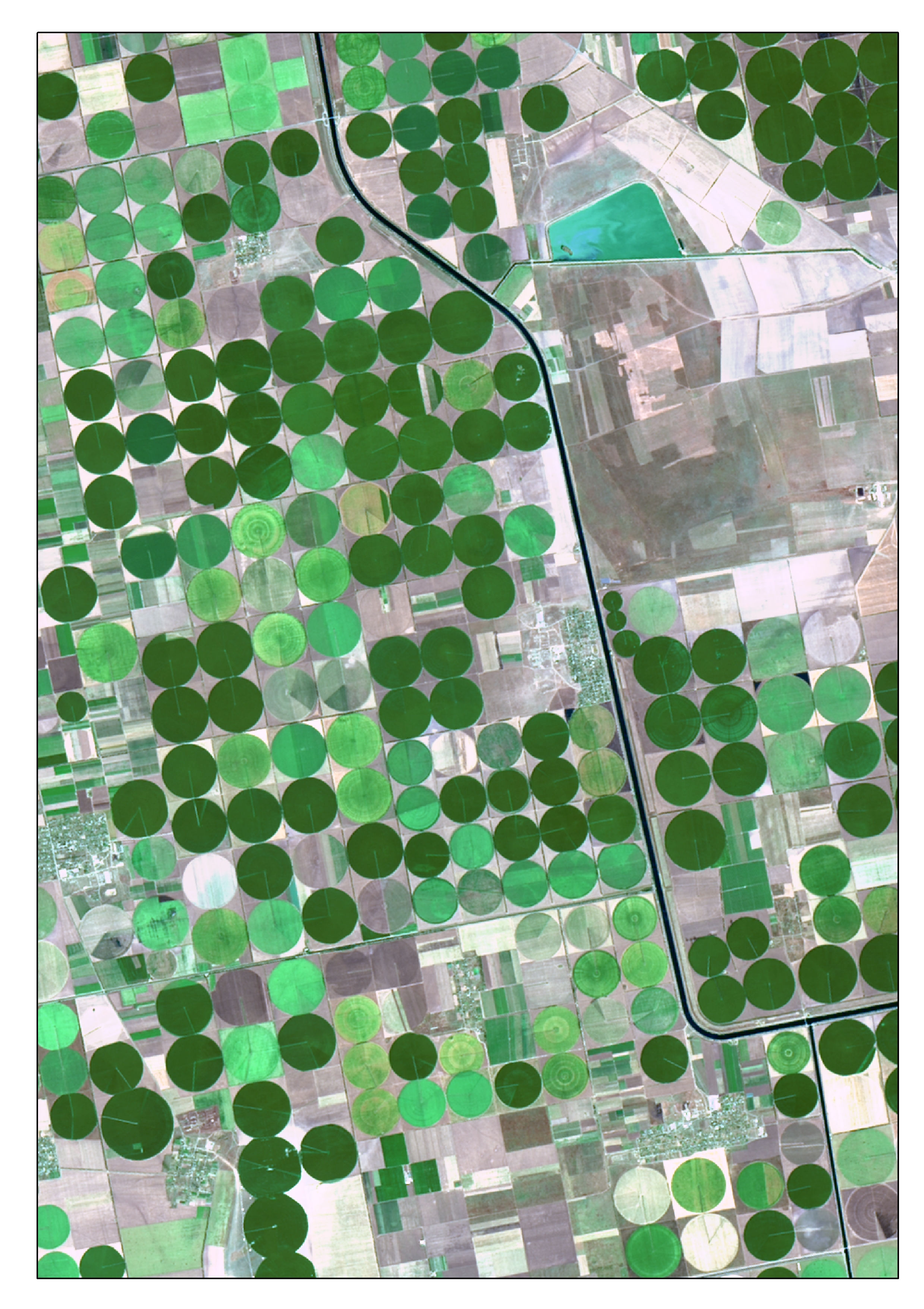|
Center For Geospatial Research
The Center for Geospatial Research at the University of Georgia focuses on remote sensing and climate science. The center is a regional NASA DEVELOP node and was recognized by NASA in 1998 for its outstanding achievements relating to applied climate and environmental sciences, being named a NASA Center of Excellence. Founding and History The University of Georgia's Center for Geospatial Research, CGR, was founded in 1985 as the Laboratory for Remote Sensing and Mapping Science. In 1989 the lab was renamed the Center for Remote Sensing and Mapping Science. This Center was founded by Dr. Roy Welch, who served as director from its founding in 1985 until 2003. The Center is now directed by Dr. Marguerite Madden and in 2012 the center was renamed Center for Geospatial Research to better reflect its internal goals. In 2016 the center helped found the UGA Small Satellite Research Laboratory. Significant Research Publications and Presentations In 2016 research from the Center was used ... [...More Info...] [...Related Items...] OR: [Wikipedia] [Google] [Baidu] |
Small Satellite Research Laboratory
The University of Georgia Small Satellite Research Laboratory (SSRL), or UGA SSRL, is a research laboratory founded in late 2015 with the goal of launching a student-built spacecraft into low Earth orbit. The SSRL is currently building the University of Georgia's first two satellites. The lab has a Space Act Agreement with the NASA Ames Research Center.Small Satellite Research Lab receives Space Act Agreement from NASA Ames [...More Info...] [...Related Items...] OR: [Wikipedia] [Google] [Baidu] |
Landsat 8
Landsat 8 is an American Earth observation satellite launched on 11 February 2013. It is the eighth satellite in the Landsat program; the seventh to reach orbit successfully. Originally called the Landsat Data Continuity Mission (LDCM), it is a collaboration between NASA and the United States Geological Survey (USGS). NASA Goddard Space Flight Center in Greenbelt, Maryland, provided development, mission systems engineering, and acquisition of the launch vehicle while the USGS provided for development of the ground systems and will conduct on-going mission operations. It comprises the camera of the Operational Land Imager (OLI) and the Thermal Infrared Sensor (TIRS), which can be used to study Earth surface temperature and is used to study global warming. The satellite was built by Orbital Sciences Corporation, who served as prime contractor for the mission. The spacecraft's instruments were constructed by Ball Aerospace & Technologies and NASA's Goddard Space Flight Center (GSFC ... [...More Info...] [...Related Items...] OR: [Wikipedia] [Google] [Baidu] |
Organizations Established In 1985
An organization or organisation (Commonwealth English; see spelling differences), is an entity—such as a company, an institution, or an association—comprising one or more people and having a particular purpose. The word is derived from the Greek word ''organon'', which means tool or instrument, musical instrument, and organ. Types There are a variety of legal types of organizations, including corporations, governments, non-governmental organizations, political organizations, international organizations, armed forces, charities, not-for-profit corporations, partnerships, cooperatives, and educational institutions, etc. A hybrid organization is a body that operates in both the public sector and the private sector simultaneously, fulfilling public duties and developing commercial market activities. A voluntary association is an organization consisting of volunteers. Such organizations may be able to operate without legal formalities, depending on jurisdiction, includin ... [...More Info...] [...Related Items...] OR: [Wikipedia] [Google] [Baidu] |
Low Earth Orbit
A low Earth orbit (LEO) is an orbit around Earth with a period of 128 minutes or less (making at least 11.25 orbits per day) and an eccentricity less than 0.25. Most of the artificial objects in outer space are in LEO, with an altitude never more than about one-third of the radius of Earth. The term ''LEO region'' is also used for the area of space below an altitude of (about one-third of Earth's radius). Objects in orbits that pass through this zone, even if they have an apogee further out or are sub-orbital, are carefully tracked since they present a collision risk to the many LEO satellites. All crewed space stations to date have been within LEO. From 1968 to 1972, the Apollo program's lunar missions sent humans beyond LEO. Since the end of the Apollo program, no human spaceflights have been beyond LEO. Defining characteristics A wide variety of sources define LEO in terms of altitude. The altitude of an object in an elliptic orbit can vary significantly along the orbit. ... [...More Info...] [...Related Items...] OR: [Wikipedia] [Google] [Baidu] |
Structure From Motion
Structure from motion (SfM) is a photogrammetric range imaging technique for estimating three-dimensional structures from two-dimensional image sequences that may be coupled with local motion signals. It is studied in the fields of computer vision and visual perception. In biological vision, SfM refers to the phenomenon by which humans (and other living creatures) can recover 3D structure from the projected 2D (retinal) motion field of a moving object or scene. Principle Humans perceive a great deal of information about the three-dimensional structure in their environment by moving around it. When the observer moves, objects around them move different amounts depending on their distance from the observer. This is known as motion parallax, and from this depth information can be used to generate an accurate 3D representation of the world around them. Finding structure from motion presents a similar problem to finding structure from stereo vision. In both instances, the correspo ... [...More Info...] [...Related Items...] OR: [Wikipedia] [Google] [Baidu] |


